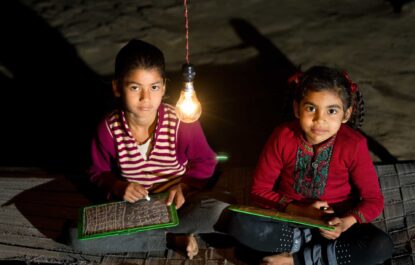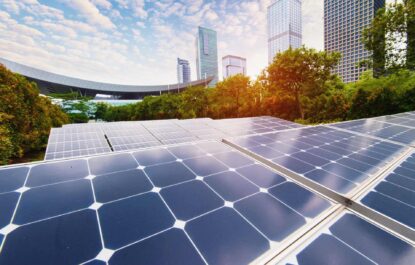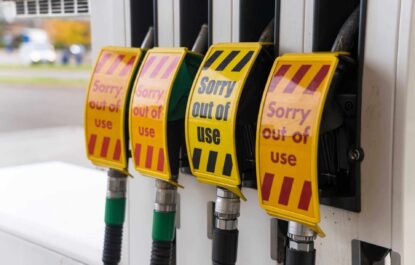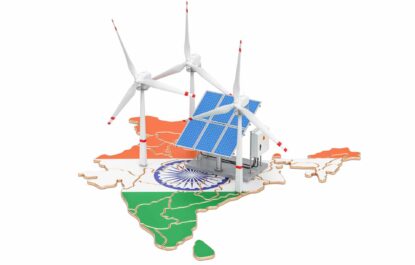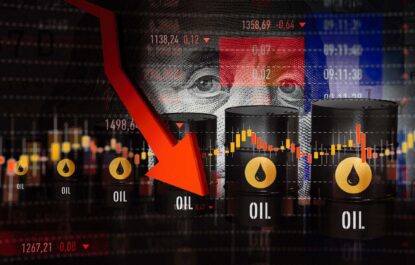According to the report, China has the highest renewable energy generation capacity. Despite being the world’s biggest carbon emitter, China leads the pack with the largest solar and wind energy investments. It added 136 GW of capacity in 2021 and became the first country in the world to exceed 1 TW of renewable power.
The US added 41.9 GW reaching a total capacity of 398 GW, followed by India, which added 15.4 GW capacity. Renewables were responsible for 28.3% of the world’s total electricity production. For the first time, variable renewables, solar and wind, accounted for more than 10% of production.
As of 2021, six countries rely entirely on renewable energy for their energy needs — Iceland, Costa Rica, Denmark, Norway, Paraguay, and Uruguay. India has performed well according to global benchmarks set by the Paris Accord.
The push for renewable energy has opened many private and public investment opportunities. Boosted by rapid technological advancements, the world is poised to see continued growth in this sector.
What are the recent trends in renewable energy?
In 2021, while the entire world faced a crippling energy crisis, one sector remained resilient. Despite supply chain constraints, higher shipping costs, and expensive components, the renewable energy market maintained its growth. Technology improvements and supportive legislation ensured that the world remained on track to achieve its renewable energy targets for the year. Wind and solar capacity went up by 13.8 GW in the first half of 2021, a rise of 28% compared to 2020. Here are the five latest trends in the renewable energy market that will dictate its future trajectory.
-
- Development of next-generation clean technologies
Stakeholders in the renewable energy sector are actively pursuing fast-paced development in new clean energy technologies such as green hydrogen, advanced batteries, new forms of long-duration storage, and better integrations with the grid. An industry that until recently focused on experimental pilot projects will ramp up commercialization supported by new research, government subsidies, and private investments. Green hydrogen has emerged as a new alternative due to its potential for long-duration storage and demand-response power generation.
-
- New business models to boost solar adoption
Solar energy, until recently, was expensive and lacked storage options making it an unfeasible bet for commercialization. But since 2011, its price has dropped by 85% owing to technological developments and cheaper components, making it a competitive energy resource at par with fossil fuels. The solar industry could introduce new business models and explore new frontiers to capitalize on the market sentiment. Rooftop solar arrays, community projects, floating solar panel modules, and solar energy storage buildouts will spice up the market.
-
- Evolving supply chain strategies to reduce cost pressures
Even though the renewables market grew considerably during Covid, profits slumped. As companies struggle to navigate supply chain constraints, manufacturing barriers, and the US-China trade war, they’ll look for alternative suppliers to meet demand. Inefficiencies in the supply chain will have to be reduced to maintain margins despite rising costs. Ramping up domestic manufacturing, introducing tax credits, and adopting more efficient technology will be the focus areas.
-
- Focus on end-of-life management strategies for waste control
As the earliest installations of renewable energy reach their expiration dates, the question of waste generation management comes into purview. Stakeholders are exploring innovative end-of-life strategies to reduce waste, increase resource security, and increase financial savings. By 2030, decommissioned solar panels alone could amount to 1 million tons of waste. Entrepreneurs will explore solutions to manage this waste without generating additional pollution.
-
- Integrating AI, big data, and blockchain with the renewable industry
While the concept of smart grids gained steam in the past decade, the industry is just beginning to realize the potential of AI and big data in managing distributed energy sources. Virtual power plants are being set up that can forecast consumption requirements, preemptively maintain grid components, and analyze performance. Autonomous P2P energy trading is also becoming possible with the integration of blockchain. Together, these technologies are making renewables much more pervasive, cost-efficient, and regulatory compliant.
Combined with enabling legislation and policies, the new sectoral development points toward a future wherein green energy will be the focal point. Cheaper hardware, advanced software, and proactive strategies will ensure that renewables become cost-competitive with fossil fuels soon.





